
China and Russia – Unequal Relationship
Wed, 11 Nov 2020 | Reading Time: 11 minutes

The geo-politics of the world are reshaping once again. A new cold war has already begun between the USA and China. The USA meanwhile continues to target Russia on both economic and security front. Russia and China are two giant neighbours that occupy the largest landmass of Asia. Traditionally they have been antagonist to each other, but often chose marriage of convenience. Their relations in the post World War II era have been vacillating between extremes. Currently, they are close, unequal, unreal and complex.
Vacillating Historic Relations
Prior to the 17th century, China and Russia had serious issues about parts of Siberia. Finally, in 1689, China and Russia made peace and established trade agreements. By the mid-19th century, China’s economy and military lagged far behind the colonial powers. It signed unequal treaties with Western countries and Russia, through which Russia annexed the Amur basin and Vladivostok. Russian culture and society, especially the elite, were westernized. In late 1917, Russia had a civil war. China’s Beiyang government sided with forces opposing the revolution. In 1922, the Soviet Union was formed, and they provided aid and support to the Kuomintang, a Chinese faction that had been opposed to the Beiyang government. Sino-Soviet relations remained fractious, and both countries fought two wars in the next ten years. Nevertheless, the Soviets, under Joseph Stalin, helped Chiang Kai-shek’s Kuomintang government against Imperial Japan.
Mao Unhappy About Soft Soviet Communism
In 1949, with Soviet support, the communists won the Chinese Civil War and established the People’s Republic of China, which allied with the Soviets. Mao became the first leader of Communist China. The supreme political authority in the two countries became centred in two communist parties, which both espoused revolutionary Marxist-Leninist ideology. Soviet design, equipment, and skilled labour were sent out to help the Industrialization and the modernization of the PRC. Ideological tension between the two countries emerged after Stalin’s death in 1953. Nikita Khrushchev denounced Stalin’s crimes in 1956, and both regimes started to criticise each other. Internally, it encouraged Mao to plunge China into the Cultural Revolution to expunge traces of Soviet ways of thinking. The quarrel began in 1958, after several years of close relations. Mao was always loyal to Stalin, and Nikita Khrushchev felt insulted. However, when the Warsaw Pact crushed the dissident movements in Eastern Europe in 1956, Beijing was pleased. Beijing was also pleased that the success of the Soviet Union in the space race (the original Sputniks) demonstrated that the international communist movement had caught up in high technology with the West.
Taiwan, India and China’s Great Leap Accelerates Split
Three major issues suddenly became critical in dividing the two nations: Taiwan, India, and China’s Great Leap Forward. Moscow supported Beijing’s position that Taiwan should be part of China. Meanwhile Moscow was cultivating India, both as a major purchaser of munitions and as a strategically-critical ally. However, China escalated its threats to the northern fringes of India, especially from Tibet, and was building a militarily significant road system that would reach disputed areas along the border. Moscow favoured India, and Beijing felt betrayed as a result. China’s Great Leap Forward, rejected the Soviet form of economic development. The Soviets had supported to supply China with cutting-edge technology, even including some nuclear tech. The Soviets withdrew their vital technicians and economic and military aid. The split destroyed the socialist camp’s unity and affected the world balance of power. Both sides fought out in 81 communist parties around the world. China ridiculed the Soviet incompetence in the Cuban Missile Crisis of 1962 as adventurism and capitulationism that ended up in defeat. Moscow was increasingly prioritizing friendly relationships and test ban treaties with the United States and the United Kingdom. Overtures were made between the PRC and the US, such as in the Ping Pong Diplomacy and the 1972 Nixon visit to China. From 1965 to 1988, the Sino-Soviet border became highly militarized and fortified. That included a large concentration of tactical nuclear-armed missile sites on both sides of the zone. Periods of extreme tension in 1968 to 1970 along the eastern Sino-Soviet border resulted in border skirmishes on the Ussuri River in 1969 and again from 1979 to 1980 when Vietnam invaded Cambodia, and China retaliated with a border war with Vietnam. China also sent aid to the mujahedin against the Soviet invasion of Afghanistan.
U.S. – China Rapprochement
The United States did not formally recognize the People’s Republic of China (PRC) for 30 years after its founding. Instead, the US maintained diplomatic relations with the Republic of China government on Taiwan, recognizing it as the sole legitimate government of China. The US fought the 1950 Korean war against China and the Soviet Union. China provided resources and training to North Vietnam during the Vietnam War. Between 1949 and 1971, US-China relations were uniformly hostile, with frequent propaganda attacks in both directions. The Sino-Indian border war in November 1962 and watching Beijing’s response to the Cuban Missile Crisis, USA concluded that China was more militant and more dangerous than the Soviet Union. As PRC went nuclear in 1964, USA considered pre-emptive attacks to halt its nuclear program. Once the USA decided to wind down the Vietnam War in 1968, it gave China an impression that the US had no interest of expanding in Asia anymore and USSR remained a bigger threat as it intervened in Czechoslovakia.
After the Sino-Soviet border conflict of 1969, China felt diplomatically isolated and chose to move closer to the USA as a counterbalance. President Nixon also believed it was in the American national interest to forge a relationship with China, even though there were enormous differences between the two countries. Nixon visited China in February 1972, and the two sides issued the Shanghai Communiqué, pledging to work toward the full normalization of diplomatic relations. The US acknowledged that there is only one China and that Taiwan is part of China. On several issues, such as the ongoing conflicts in Korea, Vietnam, and Israel, the US and China were unable to reach a common understanding. US-China military cooperation began in 1979; American arms sales to China were initiated, and in 1981 it was revealed that a joint US-China listening post had been operated in Xinjiang, near the Soviet border. Chinese demands for advanced technology from the US were not always met.
Deterioration of US-China Relations
Reagan’s first two years in office saw some deterioration in US-China relations due to the President’s vociferous anti-communism, as well as the inability of the two nations to come to a common understanding over the Israel – Palestine conflict, or the Falklands War. In 1982, Deng Xiaoping called the US and Soviet Union as imperialists. The difference increased after the suppression of the Tiananmen protests. The US and other governments enacted several measures against China’s violation of human rights. The Taiwan issue remained a major source of contention and has intensified in recent years. Washington continued to support Taiwan, including with arms. China was also upset with Obama’s new Asia-Pacific defence strategy, which was widely viewed as aiming to isolate China in the East Asian region. President Xi Jinping has been dismissive of American complaints about cybersecurity. China’s claims in the South China Sea and rapid island-building brought to open the Chinese expansionist plans, as American friends in the region were looking for leads from Washington.
President Trump has been more aggressive on China “I fully understand the ‘one China’ policy, but I don’t know why we have to be bound by a ‘one China’ policy unless we make a deal with China having to do with other things, including trade”, he said. The US’s military build-up in Asia and its push to arm South Korea with the THAAD missile-defence system, close military cooperation with India and support to QUAD has complicated the relations further. Speaking about China’s claims to sovereignty over the Spratly Islands in the South China Sea, White House spokesman Sean Spicer said, “It’s a question of if those islands are in fact in international waters and not part of China proper, then yeah, we’re going to make sure that we defend international territories from being taken over by one country.”
By late September 2018, the Trump Administration had placed tariffs (25% tax increase) on $250 billion worth of Chinese goods, in an attempt to offset the trade imbalance between the two countries. In what put additional strain on US-China relations, Huawei’s Chief financial officer Meng Wanzhou, daughter of Huawei’s founder Ren Zhengfei, was arrested in Canada on December 1, 2018, at the behest of U.S. authorities. By September 2019, due to ongoing trade disputes between the United-States and China, China dropped from first place to third, behind Mexico and Canada, as America’s foremost trading partner. The USA suggested that everyone should stop calling the Chinese leader Xi Jinping by his title of “President,” under Xi’s one-party leadership and instead use the term General Secretary of the Communist Party of China. On 18 February 2020, the US government announced five Chinese media firms would be designated “foreign missions,” requiring them to be legally registered with the US government as a foreign government entity. By May 2020 relations had deteriorated as both sides were accusing the other of guilt for the worldwide coronavirus epidemic. Beijing, meanwhile, has stepped up military activities in the contested South China Sea. On June 17, 2020, President Trump signed the Uyghur Human Rights Policy Act, which authorizes the imposition of U.S. sanctions against Chinese government officials responsible for detention camps holding more than one million members of the country’s Uyghur Muslim minority.
Post-Dissolution Russia-China Relations Close Up
Unlike in the PRC, Russia went through a much-unregulated form of privatization during the presidency of Boris Yeltsin, which resulted in asset grabs by Russians, resulting in deep socio-economic inequalities in Russia and the collapse of the economy as well as various Russian institutions. PRC emerged in a far more favourable and stable financial position, with high growth rates. The Russian economy largely driven by demand for export of natural resources, became a major supplier of energy to China’s growing market, and with the ESPO (Eastern Siberia–Pacific Ocean) oil pipeline. In 1992, the two countries declared that they were pursuing a “constructive partnership”. In 1996, they progressed toward a “strategic partnership”. In 2001, they signed a treaty of good-neighbourliness and friendly cooperation, a twenty-year strategic, economic, and – controversially and arguably – an implicit military treaty. The two countries joined with junior partners Kazakhstan, Kyrgyzstan, Tajikistan, and Uzbekistan in the Shanghai Cooperation Organisation (SCO).
Delicate Sino-Russia Relations – Defence market Concerns
The two countries have enjoyed close relations militarily, economically, and politically while supporting each other on various global issues. The PRC is currently a key purchaser and licensee of Russian military equipment, some of which has been instrumental in the modernization of the People’s Liberation Army. It is also a main beneficiary of the Russian Eastern Siberia – Pacific Ocean oil pipeline. However, Russian commentators have increasingly raised concerns about China’s ambitions and influence in Central Asia, an area traditionally within Russian influence. After the dissolution of the Soviet Union, China used this opportunity to flood the Russian market with cheap Chinese goods. Cash strapped Russia found in China an opportunity to sell military hardware and energy resources. On the other hand, despite Russian protests, China has reverse-engineered most Russian weapons platforms and is fast becoming independent and their defence imports are reducing. Russia is also worried that China has already started taking over erstwhile Russian defence markets in Africa, Asia and Latin America.
America Pushes Russia into a Corner
The power and prestige loss after the dissolution of the Soviet Union had demoralized the Russian people. In Soviet times, they were enamoured with anything Western. They now hoped that they will now become like a Western country. China realised this insecurity and stepped in with treaties of friendship and increased economic and defence relationship. On the other hand, the Americans snubbed Russia and tried to move closer to Russian borders by taking more erstwhile Warsaw pact countries into NATO and the EU fold. This pushed Russia, to its detriment, into the Chinese arms.
USA, Russia, China Complex Current Matrix
By 2019, Russia and China had serious grievances with the United States. For China, the issues were control of the South China Sea, trade policies, and piracy of American technology. For Russia, the main issue was severe economic penalties imposed by the US and Europe to punish its seizure of Crimea from Ukraine. China and Russia also differ on some policies. China does not recognize Russia’s annexation of Crimea, and Russia does not support China’s claims in the South China Sea. Nevertheless, China and Russia pulled together. There is no formal alliance, but an informal agreement to coordinate diplomatic and economic moves against the United States. The two governments share a hostility to dissent, deep suspicion of Western interference and a strong desire to impose tighter controls over their societies. Parts of the Russian far east, including Vladivostok, is claimed by China. It once belonged to the Qing dynasty of China and was ceded to the Russian Empire through unequal treaties of 1858 and 1860. In July 2020, when Russia celebrated 160 years of Vladivostok, China was perturbed, officially stated that the city was Hai Shen Wai as Chinese land – before Russia annexed it.
Russia-China Unequal Trade
As of 2016, the accumulated direct Russian investments in China amounted to $946.9 million and Chinese investments were ten times more at $8.94 billion. In 2019 bilateral trade nearly hit $110 billion, and Putin and Xi announced a new goal of $200 billion in trade by 2024. Truth is that the European Union as a whole remains Russia’s largest partner with $260 billion trade, more than twice China’s trade with Russia. China became important to Russia accounting for 15.5 percent of its total trade in 2018. On the other hand, Russia only accounted for 0.8 percent of China’s total trade in 2018. China thus commands much more influence. The only Russian exports are energy (70 percent), nuclear power systems, aircraft, and missile warning system. On all these counts the Chinese requirements are reducing. China has already overtaken Russia to become the world’s second-largest arms producer. Russia has accused China of illegally copying Russian military hardware. China is already in the process of jettisoning Russia on this count. Given China’s ambitions, and Russia’s need for better infrastructure, the BRI could be a choice for them. But chances are that the Chinese goods would further flood the Russian markets. Western sanctions have also forced Russia to look toward China for investment opportunities. The Yamal LNG project, in the Russian arctic, would have been difficult, without Chinese support. China also used the Silk Road Fund to invest in Sibur, Russia’s largest petrochemical company. Russia is also trying to attract investments from Japan, India, and Saudi Arabia as a counter-balance.
BRICS, RIC and BRI
Participation in such organizations as BRICS (Brazil, Russia, India, China and South Africa) and RIC (Russia-India-China) has significant importance for Russian-Chinese economic relations. Russia and China stand for the transformation of BRICS into a mechanism of cooperation and coordination on a global financial, economic and international political problems, including in the settlement of regional conflicts. The Chinese “silk road economic belt” is planned to go to Europe through Central Asia and Russia. An important role in the financing of these projects should be played by the creation of the AIIB, to which Russia is a party. New Eurasian transport routes are being built. The Chongqing-Xinjiang-Europe rail and road routes pass through Russia. The flagship Belt and Road Initiative (BRI) project, the Moscow-Kazan high-speed railway, has been repeatedly delayed and it pre-dates the BRI’s announcement. In March, Russian officials announced the project would be “postponed.” due excessive cost.
Military and Defence Production Relations
After the EU arms embargo as a consequence of the Tiananmen Square protests of 1989, China became a reliable client for Russian military exports, making up 25–50% of all foreign military sales. In 1993, Russia and China signed a five-year defence cooperation agreement. In 1999, China discussed expanding military ties with Israel. They discussed the one-billion dollar Israeli-Russian sale of AEW&C jointly produced by Russia and Israel. In 2004, the Russian Foreign Ministry blocked both the sale of the Su-35 and Tupolev Tu-22M bombers to China over concerns about the arrangements for Chinese production of the Sukhoi Su-27SK (known as the Shenyang J-11). Originally, the licensing agreement required that engines and avionics be sourced by Russian suppliers, however by 2004 these components had been reverse-engineered and were being produced domestically by China. Later China bought 24 Su-35s.
Currently, China focuses on domestic weapon designs and manufacturing, while still importing certain military products from Russia such as jet engines. China decided to become independent in its defence sector and become competitive in global arms markets; its defence sector is rapidly developing and maturing. Gaps in certain capability remain – most notably in the development of some sophisticated electronic systems and sufficiently reliable and powerful propulsion systems, but China’s defence industry is now producing warships and submarines, land systems and aircraft that provide the Chinese armed forces with a capability edge over most military operating in the Indo-Pacific. China’s 2015 Defence White Paper called for “independent innovation” and the “sustainable development” of advanced weaponry and equipment. In December 2019, Russia accused China of intellectual property theft of a range of military technologies. In June 2020, Russia charged one of its Arctic scientists of passing sensitive information to China.
To Summarise
China and Russia have been carrying out strategic coordination, especially when it comes to the USA. But Russia is conscious that in the long run, China would leave it high and dry. Beijing and Moscow have refused the US demand for China to participate in US-Russia nuclear disarmament negotiations. Chinese are worried that under the context of the deterioration of China-US relations, Russia will be drawn by the US to its side. The US wants a unipolar world and multi-polar Asia. China wants a uni-polar Asia and multi-polar world. Much that Russia always wanted to be part of the West, has been pushed into the Chinese corner for now.
Russia is also conscious that the oil as a source of energy is fast losing significance and in the long run, would lose huge revenues and export dependence. Xi’s BRI has unleashed Chinese companies to build roads, railways, fibre-optic cables, and other hard infrastructure across the Eurasian supercontinent and beyond. Putin’s Eurasian Economic Union (EAEU) harmonizes customs processes to create a single market among Russia, Armenia, Belarus, Kazakhstan, and Kyrgyzstan. But already there are many question-marks on BRI success and who really will gain. Natural resources are the only place where Chinese and Russian interests most strongly overlap. People-to-people ties may have improved but mistrust remains. If China and Russia’s economic connections strengthen, their relationship will become even more unequal. Russia will in effect become a junior partner after having been a super-power and having groomed Chinese communism and defence industry. China’s sheer mass, proximity, desire to dominate Russia and Central Asia, and deep-rooted history and willingness to economically coerce others could eventually compel Russia to look again to the West. A long history of competition and mistrust makes the recent warming in China-Russia relations all the more complex. Russia could decide to keep cross-border transport connections weak as a hedge against China’s growing capabilities.
Many factors reveal a partnership of unequal’s that is likely to become more one-sided in the future. China is pulling ahead in every dimension. China currently needs Russian help, to expand westward. Yet Russia is best positioned to spoil China’s ambitious forays. Currently, the West has forced Russia into Chinese arms. There is clear uncertainty ahead. Both countries currently have authoritarian leaders. Both still have at least a decade of power ahead. The possibility that Russia could lean again toward the West always remains high, especially if ambitious China decides to encroach into Russia’s far-east. West has a lot to offer to wean away Russia. It will be in India’s long term interest that Russia moves away from China and should take all actions to achieve the same.
Disclaimer
The opinions expressed in this article are the author’s own and do not reflect the views of Chanakya Forum. All information provided in this article including timeliness, completeness, accuracy, suitability or validity of information referenced therein, is the sole responsibility of the author. www.chanakyaforum.com does not assume any responsibility for the same.
Chanakya Forum is now on . Click here to join our channel (@ChanakyaForum) and stay updated with the latest headlines and articles.
Important
We work round the clock to bring you the finest articles and updates from around the world. There is a team that works tirelessly to ensure that you have a seamless reading experience. But all this costs money. Please support us so that we keep doing what we do best. Happy Reading
Support Us




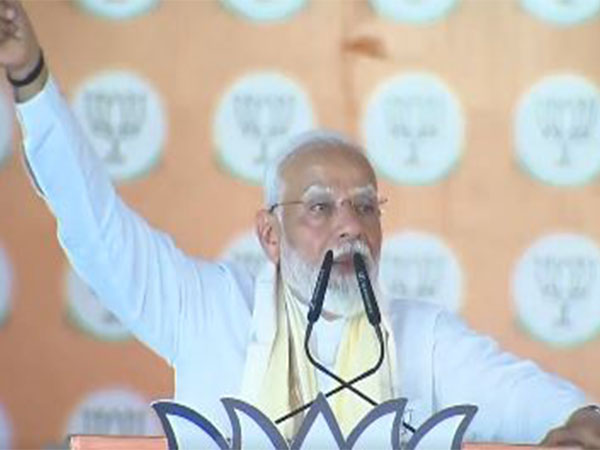
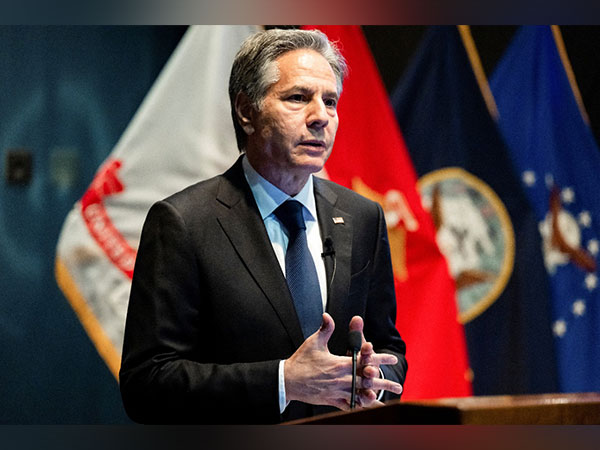
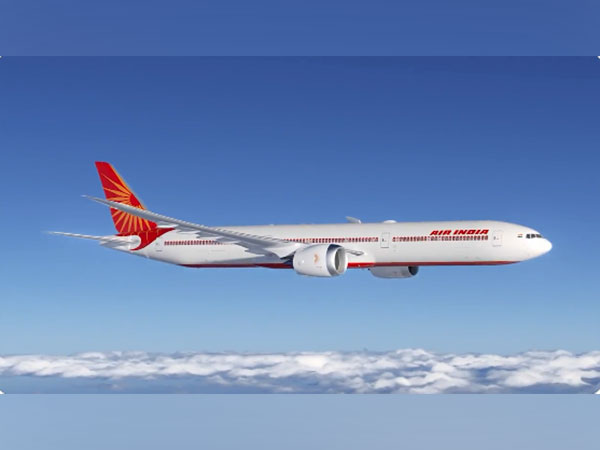

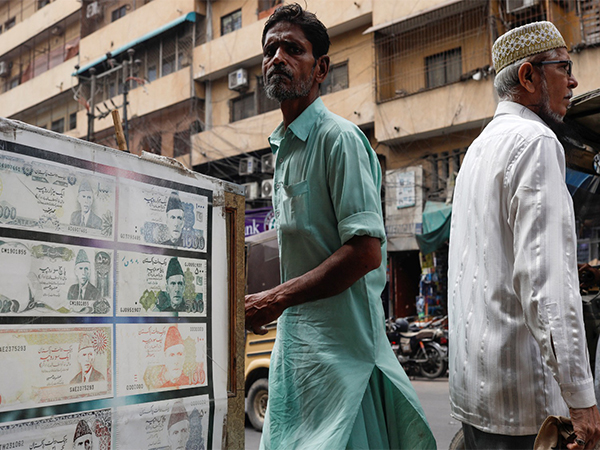
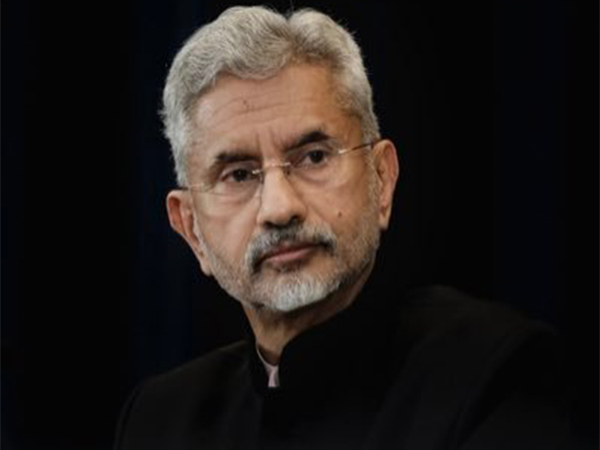

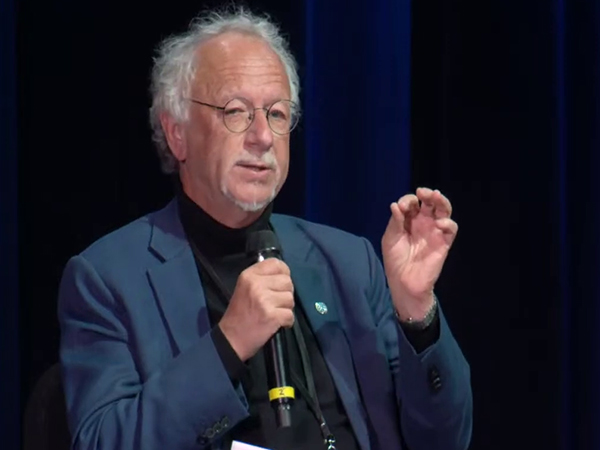
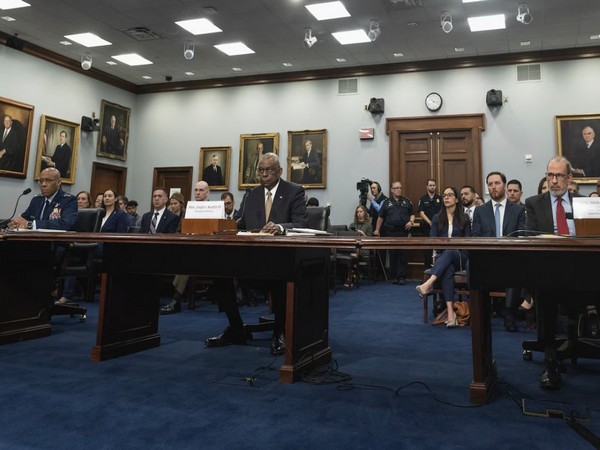







POST COMMENTS (0)